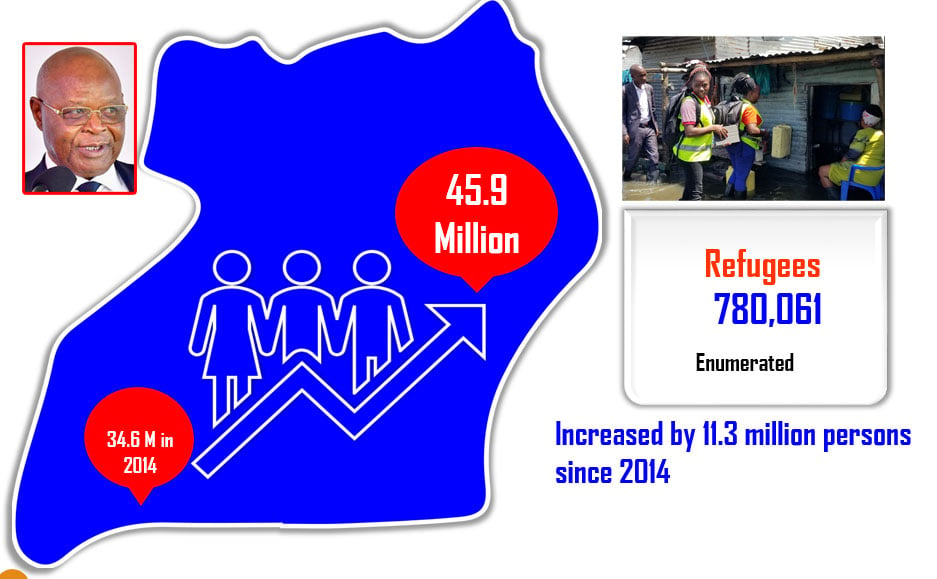Prime
Fish export prices drop

A man carries nile perch from Lake Victoria. The European indigenous species is affecting Uganda’s fish which was once on high demand 15 years ago or so. FILE PHOTO
What you need to know:
- The low fish price has been affected by stiff competition from Europe’s indigenous fish and imports from other countries such as China, Dorothy Nakaweesi writes.
Imports from other countries have overtaken Uganda’s fish exports into Europe- a scenario that industry players say could explain the price drop.
This state of affairs which is distressing players has seen the price of a kilogramme exported drop to $3.5 (Shs13, 300) down from $4.7 (Shs17, 860) it sold around the same time last year, thus indicating a 34 percent fall.
This, according to players, has been worsened by stiff competition from Europe’s indigenous fish and imports from other countries such as China.
Europe is Uganda’s leading fish export market destination commanding over 80 per cent of the country’s product.
Sharing their ordeal with Prosper Magazine, Mr Sujal Goswami, the chairperson, Uganda Fish Processers and Exporters Association, said: “The prices have been going down yet we cannot stop production but continue to sustain the market at a loss.”
He said the demand is low and the European indigenous species is affecting Uganda’s fish which was once on high demand 15 years ago or so.
Figures
Records from Bank of Uganda show that in the last three-years, both volume and value had increased. But starting this year, the situation has changed and the exporters are not certain where this is heading.
In 2015, the country exported a total of 18,408 metric tonnes of fish valued at $117.5m (Shs446.5bn). The following year 2016, a total 19,546 tonnes worth $121.8m (Shs462.8b) were exported.
Last year, much as the volume declined to a total of 19,222 lower than the previous year, the value earned was much higher quoted at $137m (Shs520b).
Impact
Mr Goswami who chairs UFPEA, a membership organisation of over 15 exporting and processors, said exporters are under pressure yet almost no other market besides Europe is showing interest in Uganda’s market.
“Those countries that inquire about our fish are not taking big volumes like Europe does which commands 80 percent of our fish,” Mr Goswami said.
Region
The situation is not any different in the region which also once used to be a major market destination.
In April this year, media reports indicated that China was crowding the regional market with its tilapia.
China’s fish exports into East Africa were gradually taking away Uganda’s market in Kenya, Rwanda and DR Congo. Already, Kenya which is one of Uganda’s market, is being flooded by frozen fish, including tilapia.
According to report from our sister newspaper The East African, information from the Kenya National Bureau of Statistics (KNBS) shows the country spent $22.17 million (Shs81 billion) on fish imports in the first 11 months of 2017, up from $10.2 million the previous year, and $6.24 million in 2015.
Ideally, Kenya requires one million tonnes of fish annually but only 200,000 tonnes were produced domestically, leaving a gap of 800,000 tonnes.
Besides China, Kenya is also currently importing fish from Uganda, Tanzania and India.




